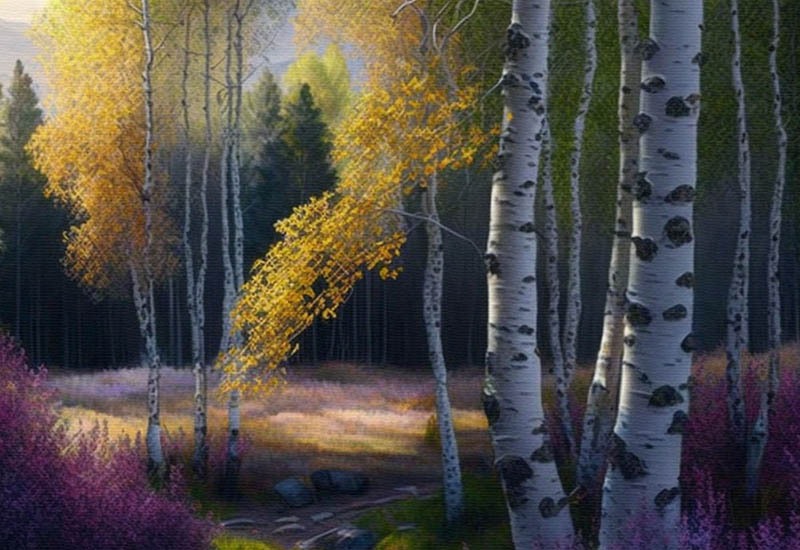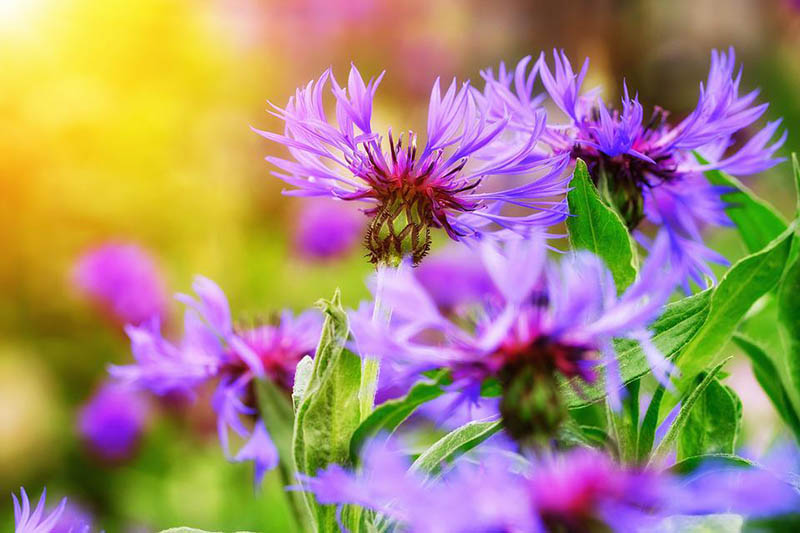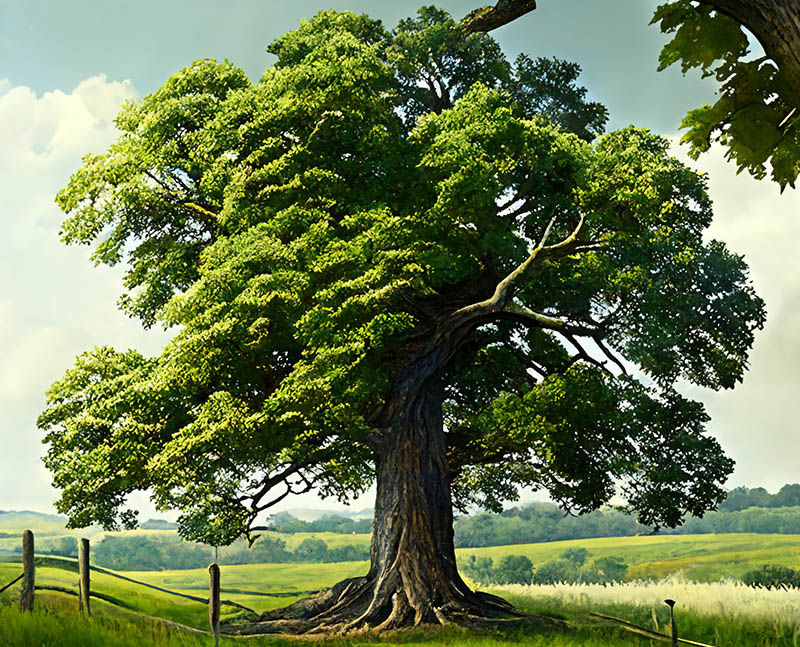Birch trees grow in many countries. They have been widely used by people for thousands of years!
Birch Trees Facts For Kids
- Birch trees typically grow between 30 and 70 feet tall (from 9 to 20 meters), with some species reaching up to 100 feet (30 meters). It depends on the specific species and environmental conditions.
- In tundra ecosystems, birch trees are often stunted and grow as dwarf species. Dwarf birches are typically less than one foot (~30 cm) tall! Despite their small size, they play an important role in the tundra ecosystem, providing habitat for wildlife and helping to maintain soil stability.
- The tallest birch tree ever recorded was a paper birch (Betula papyrifera) that stood at approximately 124 feet tall (37.8 meters). This remarkable tree was found in New Hampshire, United States, and its height was measured in the early 20th century.
- The number of branches a birch tree has depends on various factors, such as its species, age, and growing conditions. In general, young trees have fewer branches. As they grow, they develop a more complex branching structure.
- The widest birch tree ever recorded was a European white birch (Betula pendula) with a girth of 33 feet (10 meters). This tree was found in the United Kingdom, and its wide trunk is a testament to its age and the favorable growing conditions it has experienced over the years.
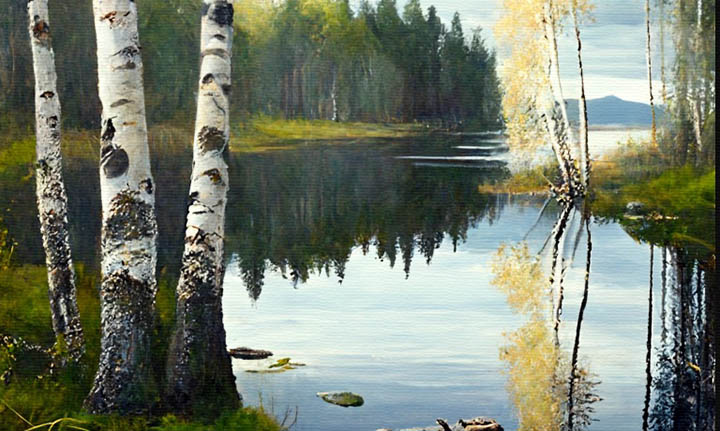
Use of The Birch
- The bark of the paper birch is used to produce a type of paper known as “birch bark paper.” This type of paper is valued for its strength, durability, and unique appearance.
- Birch wood is strong and durable, making it a popular choice for construction and building. Wood is used in furniture, cabinetry, flooring, and paneling, among other applications.
- Birch sap is a popular beverage in many countries, and the leaves and bark of the birch tree have been used in traditional medicine for centuries. Birch leaves and bark contain various compounds that have anti-inflammatory, analgesic, and diuretic properties.
- Birch trees are popular landscape trees, prized for their graceful form, delicate leaves, and distinctive white bark. They are commonly used in parks, gardens, and along streets and roads. The birch tree is also a popular choice for bonsai, due to its attractive form and ability to be trained into various shapes.
- Birch trees have been revered for their beauty, versatility, and cultural significance for centuries. For example, in many indigenous cultures, birch trees are symbols of renewal and new beginnings, and they play an important role in traditional storytelling and artistic expression.
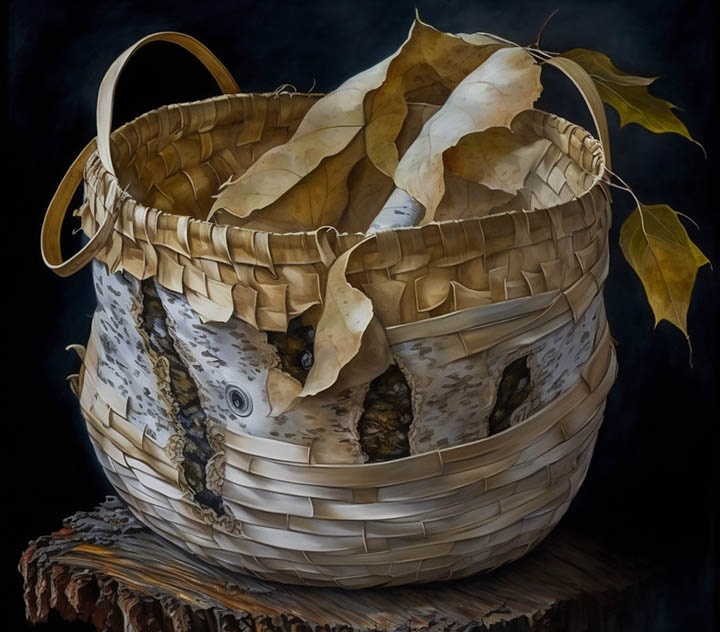
More Birch Facts
- The leaves and bark of birch trees provide food for many insects, while the branches and trunk offer shelter and nesting sites for birds and small mammals. They are also important for maintaining the health of soils and waterways, as their roots help to absorb excess water and prevent soil erosion.
- Birch trees are monoecious, meaning that they have separate male and female flowers on the same tree. Their flowers are small and inconspicuous, but they are important for the tree’s reproduction.
- These trees are also well adapted to colder climates and can survive harsh winters, making them a common sight in many northern landscapes.
- The largest birch forest in the world is believed to be located in Russia, in the Taiga region, also known as the boreal forest. This vast region of forest spans across much of Russia and extends into other parts of Northern Europe and North America.
- There are approximately 60 species of birch trees that are known and recognized. The most well-known of them are paper birch, silver birch, and river birch.
